Old Germany / Wurttemberg 1851/1869 – Used stamps

Württemberg, a former German state, successively existed as a countship, a duchy, a kingdom, and a republic before its partition after World War II. Its territory approximately corresponds to the central and eastern areas of present-day Baden-Württemberg state in Germany. During its final period of separate existence, Württemberg was bordered to the northeast and east by Bavaria, to the southeast by Bavaria and Lake Constance (Bodensee), and to the southwest, west, and northwest by Baden, except where Hohenzollern (Prussian from 1849) was enclave across the southern frontier. The capital was Stuttgart. Apart from the Rhine plain, Württemberg is characterized by its mountainous and hilly terrain, including the Swabian Jura and the Black Forest, and is drained by the Neckar River.
In the earlier Middle Ages, Württemberg was part of the region known as Swabia. The Wirtembergs (Württembergs), a local dynasty of counts established by the late 11th century, began to extend their control over large sections of Swabia from the mid-12th century onwards. By the time Württemberg was elevated to a duchy in 1495, the Estates (representative assembly) had come to play an important role in its government. Duke Ulrich, who became a vassal of the House of Habsburg in 1534, introduced Lutheranism into the duchy and confiscated church lands. His son, Duke Christopher (reigned 1550–1568), established a centralized state church and became a leader of German Protestantism. His judicial and civil reforms, which included recognition of the Estates’ control over finances, endured for two centuries. Duke Frederick (1593–1608) secured the duchy’s release from Habsburg overlordship and was a pillar of the Evangelical Union of Lutheran and Calvinist Princes (1608). Württemberg was devastated in the Thirty Years’ War (1618–1648) and fell prey to French invasions from 1688 until 1693 during the War of the Grand Alliance. Despite these challenges, the country enjoyed progressive governance. Compulsory education was introduced in 1649. Duke Eberhard Louis (reigned 1693–1733) improved the duchy’s defenses and schools, built the celebrated Ludwigsburg Palace, and admitted Waldensian refugees from France, who introduced the textile and other industries into the duchy.
Württemberg was an ally of France from 1802 to 1813 and was rewarded by Napoleon I with large grants of territory, including many Habsburg lands in Swabia, numerous free imperial cities, and ecclesiastical territories. These additions doubled Württemberg’s size by 1810, and the duchy was successively elevated to the status of an electorate (1803) and a kingdom (1806), which it remained after Napoleon’s downfall. Political unrest in Württemberg from 1815 until 1819 resulted in the issuance in 1819 of a constitution by King William I (reigned 1816–1864), establishing a bicameral legislature. Württemberg was a center of liberalism in 19th-century Germany. It joined the Zollverein (Customs Union) with Prussia in 1834, but King Charles (1864–1891) sided with Austria in the Seven Weeks’ War (1866) and was forced to pay an indemnity by the victorious Prussians. Württemberg sided with Prussia in the Franco-German War (1870–1871) and then joined the new German Empire.
Hermann von Mittnacht as chief minister (from 1876 to 1900), Württemberg found a comfortable place in the new Germany, retaining its independence in internal administration, ecclesiastical affairs, education, as well as in the management of postal and railway services. It also maintained special rights over taxation and the armed forces. Its manufacturing industries flourished, encompassing machinery, motors, precision engineering, textiles, watches and clocks, musical instruments, and book production. The previously high rate of emigration declined significantly.
Charles was succeeded in 1891 by his first cousin once removed, William II (reigned 1891–1918), under whom liberal political reforms were initiated and the arts and drama flourished. However, progress was interrupted by World War I, and the revolution of November 1918 forced William II to abdicate. A republican constitution was established in 1919. However, as a member state of Germany under the Weimar Constitution, Württemberg lost all the special privileges that had been reserved to it under the former system.
Under the Nazi regime, a Reichsstatthalter, or lieutenant governor, was appointed for Württemberg in 1933, and the state’s government was subordinated to that of the Reich in 1934, leading to the abolition of the Landtag, or State Diet. After World War II, Württemberg was divided between the U.S. and French occupation zones. Three of the states created during the establishment of the Federal Republic of Germany in 1949 were Baden, Württemberg-Baden, and Württemberg-Hohenzollern. These were merged in 1952 to form Baden-Württemberg.

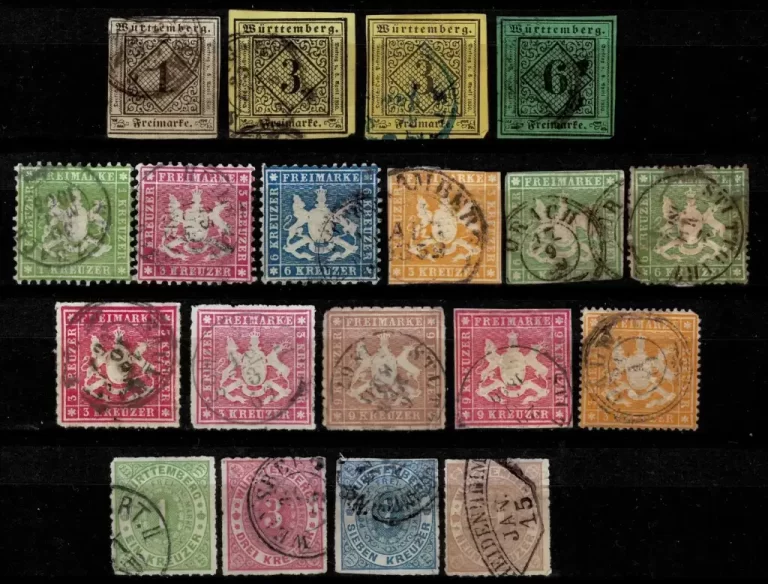
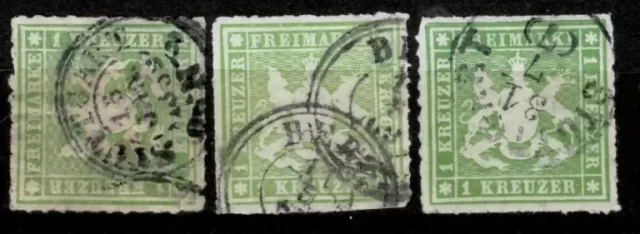
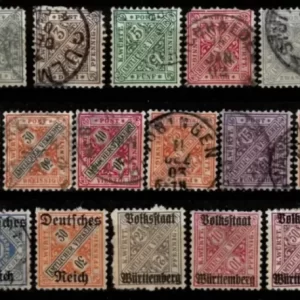

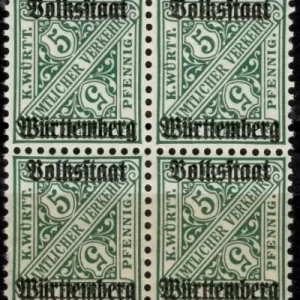
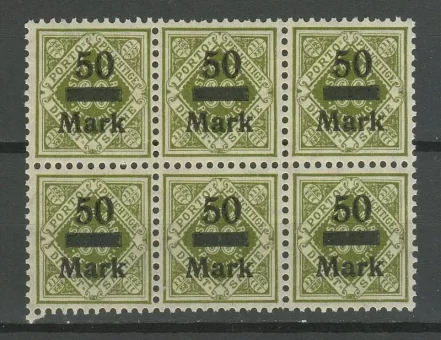

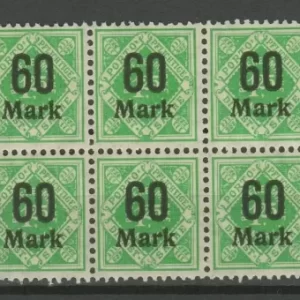
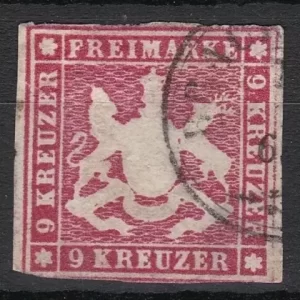
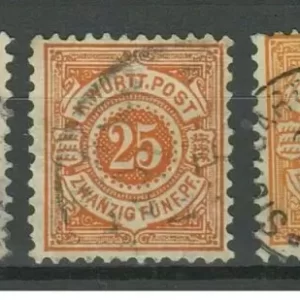
Reviews
There are no reviews yet.